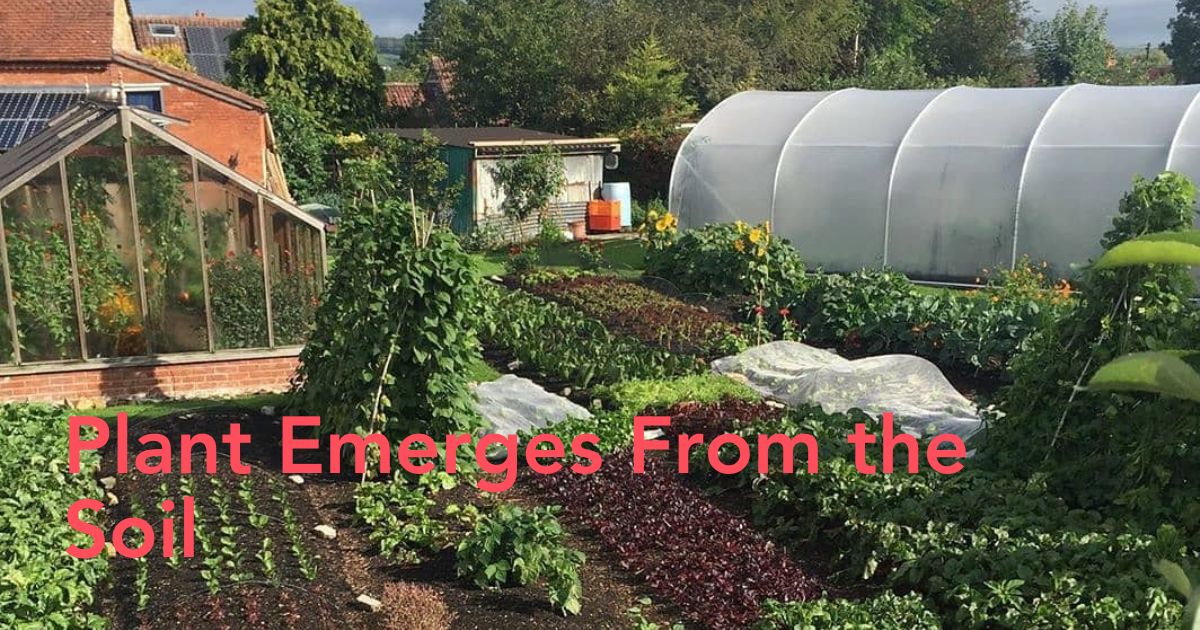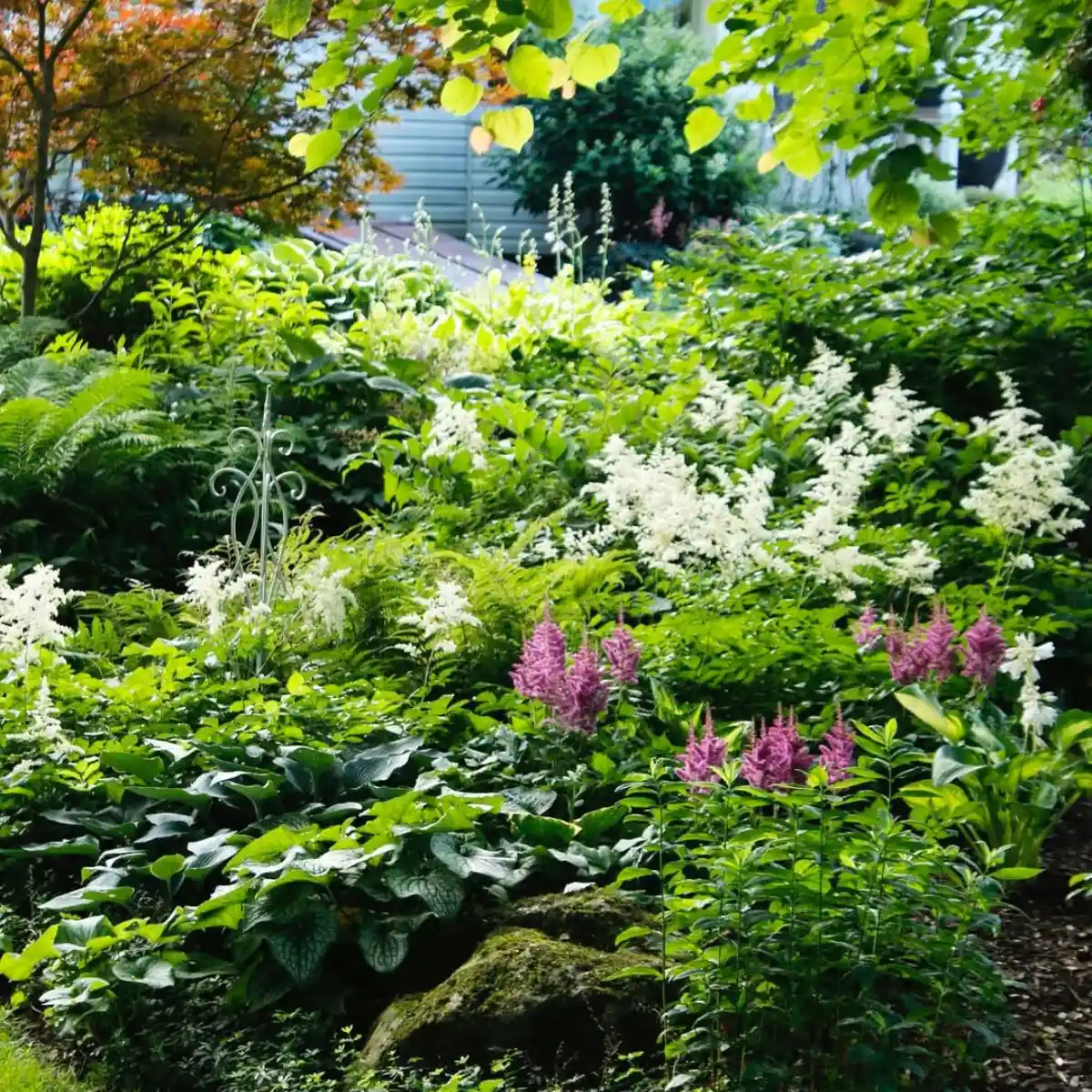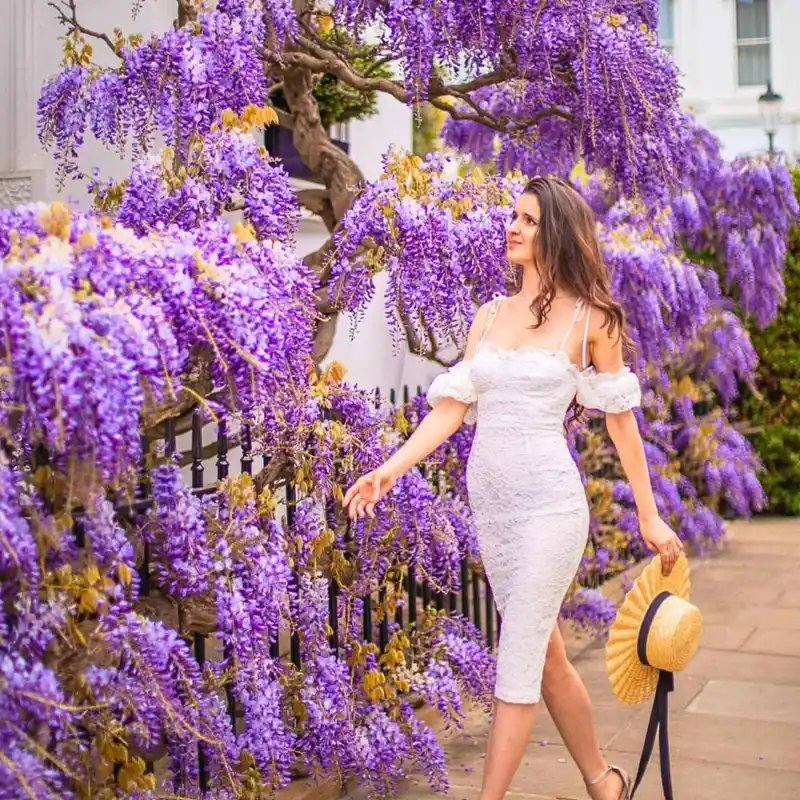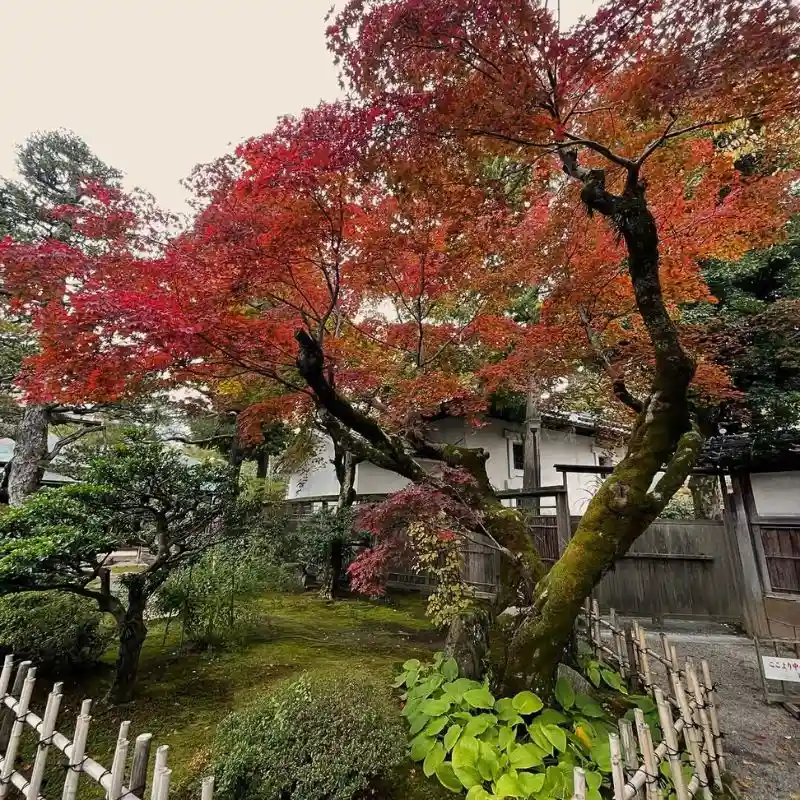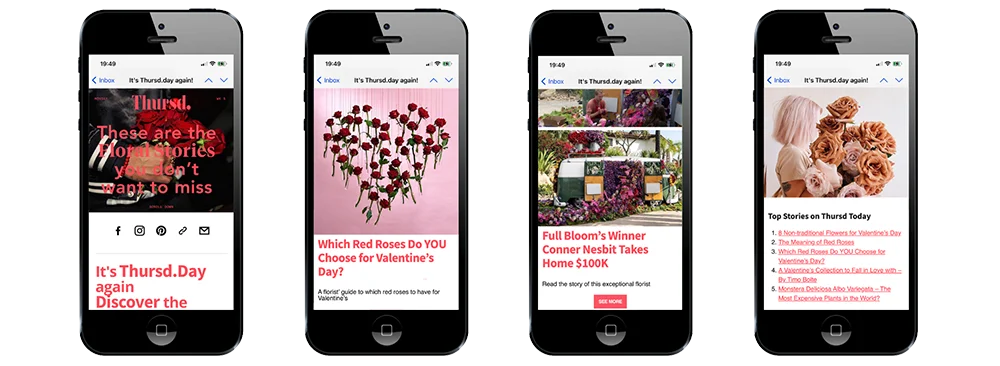The magical journey from seed to bloom offers more than just beautiful flowers—it can inspire stunning typography that captures the essence of your garden's evolution. As each plant emerges from the soil and unfolds its unique character, these transformations can be documented through evolving letterforms and designs that tell your garden's story. This creative approach allows flower enthusiasts to preserve their garden memories in an artistic format that can be shared across stationery, digital platforms, and even custom plant labels. Here you can read more about A Bucket-List Garden to Add to Your Destinations
Modern technology has made this artistic documentation more accessible than ever before. Advanced font generator tools now allow gardeners to transform their botanical observations into functional typefaces without requiring extensive design experience. These innovative font generator applications can analyze plant photographs, sketches, or even pressed flowers to create custom letterforms that reflect the unique characteristics of specific garden varieties. The resulting typography becomes a living document of the garden's seasonal progression, capturing fleeting moments of growth in permanent artistic form.
Many flowering plants showcase remarkable transformational journeys that serve as perfect inspiration for evolving typography, including:
- Sunflowers: From tiny black seeds to towering blooms that track the sun
- Tulips: Dormant bulbs to elegant cup-shaped flowers in countless color variations
- Morning Glories: Fast-climbing vines with trumpet flowers that open and close daily
- Peonies: Tight, round buds that unfurl into lush, layered petals
- Dandelions: Bright yellow flowers transforming into delicate seed heads
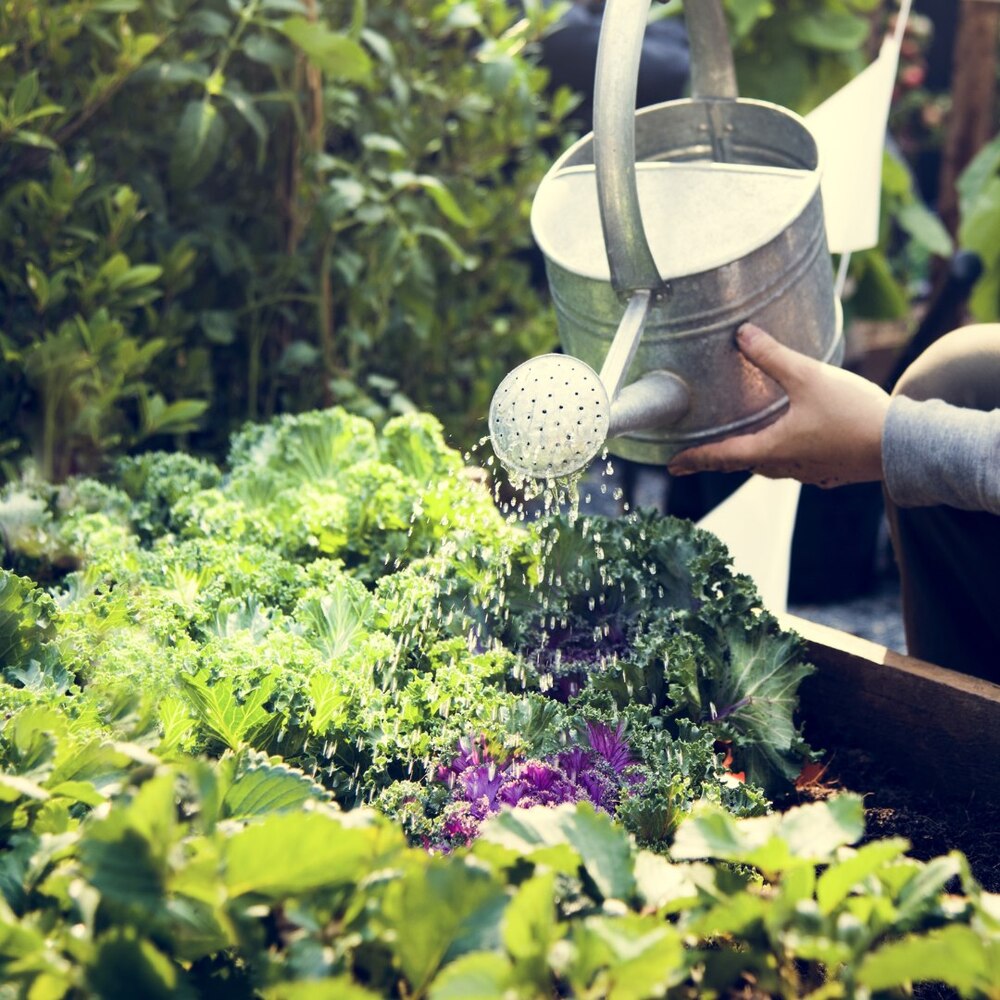
Creating Stunning Typography Inspired by Garden Growth Stages
The concept of garden-inspired stunning typography begins with careful observation. Documenting each stage of plant development—from germination to full bloom—provides rich visual material for typographic interpretation. The curved stem of a young seedling might inform the gentle curve of a lowercase 'j', while the radial pattern of a fully opened dahlia could inspire a decorative letter 'O'.
Modern typography tools now allow garden enthusiasts to translate these organic shapes into usable fonts. Starting with photographs taken throughout the growing season, these images can be transformed into vector outlines that maintain the essence of each growth stage. The resulting alphabet tells the story of the garden's progression through its very form.
Professional typographers suggest focusing on key morphological features that make each plant unique. The serrated edges of raspberry leaves might create distinctive serifs, while the climbing tendrils of sweet peas could extend into elegant swashes and flourishes. These botanical characteristics, when thoughtfully incorporated into stunning typography, create letterforms that feel alive and organic.
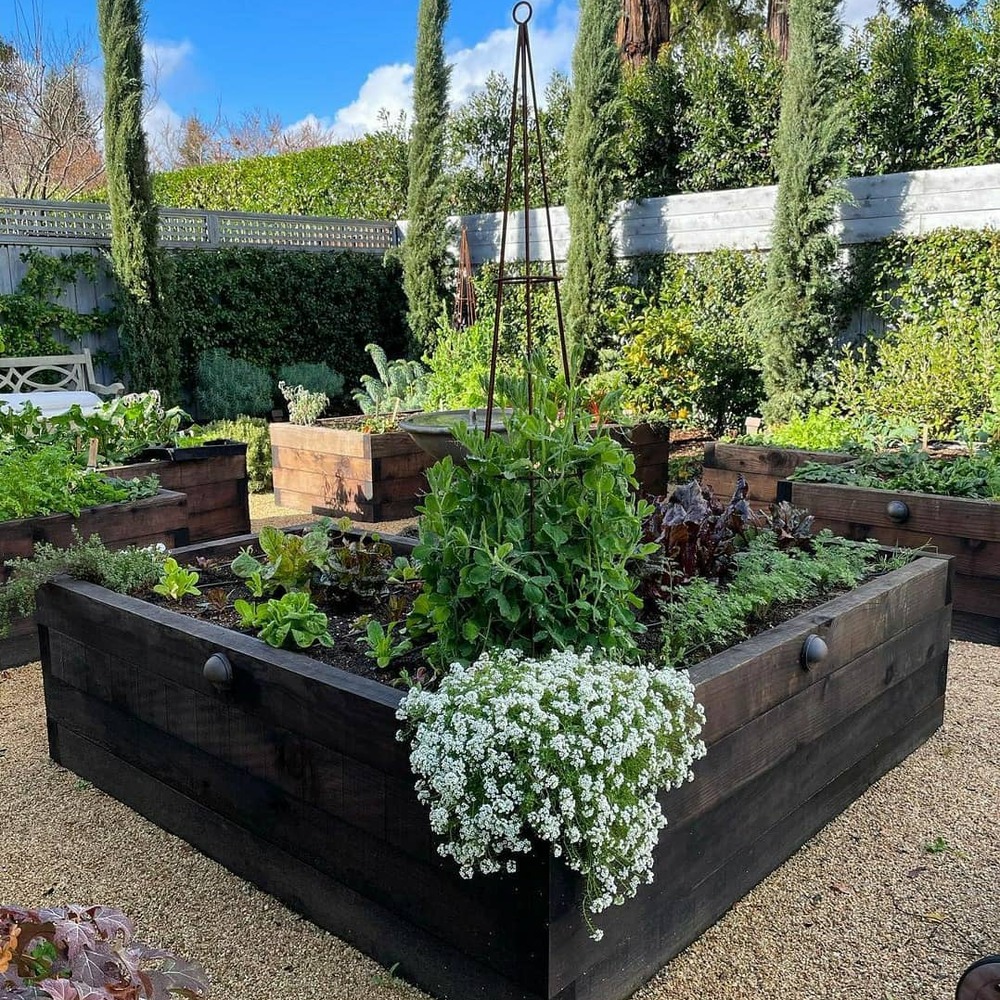
Documenting Seasonal Changes Through Typographic Evolution
Gardens undergo dramatic transformations throughout the year, and typography inspired by these seasonal shifts can create a compelling visual narrative. Spring's tender shoots and unfurling leaves suggest delicate, light letterforms with open counters and thin strokes. Summer's abundant blooms translate into more confident, bold characters with decorative elements reflecting specific flower structures.
Autumn brings its own typographic inspiration as plants set seed and foliage changes color. The typography of this season often incorporates more angular elements, seed pod shapes, and structural components as flowers fade and architectural elements become more prominent. Winter's spare forms—bare branches, seedheads, and dormant buds—inspire minimalist letterforms that highlight negative space and essential structure.
Creating a seasonal typographic collection allows garden enthusiasts to document their garden's full annual cycle. Each font in the collection captures a specific moment in time, preserving fleeting garden stages in a permanent artistic form. When combined into a comprehensive type family, these seasonal variations create a powerful visual record of the garden's journey through time.
Practical Applications for Garden-Inspired Typography in Floral Design
Beyond the artistic satisfaction of creating stunning typography from garden observations, these custom fonts have numerous practical applications. Many garden enthusiasts use specialized font generator tools to transform their botanical sketches into usable typefaces. Garden journals and plant labels take on special significance when annotated with typography inspired by the very plants they describe. The personalized connection between plant and text creates a cohesive visual language that enhances the gardening experience.
Floral designers and event planners have discovered that garden-typography adds distinctive character to wedding stationery, event signage, and branded materials. A florist specializing in cottage garden arrangements might develop typography based on the loose, romantic forms of cosmos and larkspur, creating brand materials that perfectly complement their design aesthetic. This authentic alignment between typography and floral style strengthens brand identity and creates memorable impressions.
Digital applications abound as well, with garden-inspired typography finding homes in social media graphics, websites, and online plant catalogs. A nursery specializing in rare hellebores might develop a distinctive typeface based on the nodding forms and cupped shapes of these winter-flowering perennials, using it consistently across their digital presence to create immediate visual recognition among plant collectors. Here is the one more that you have to read Home Care Packages That Include Garden Care for Seniors
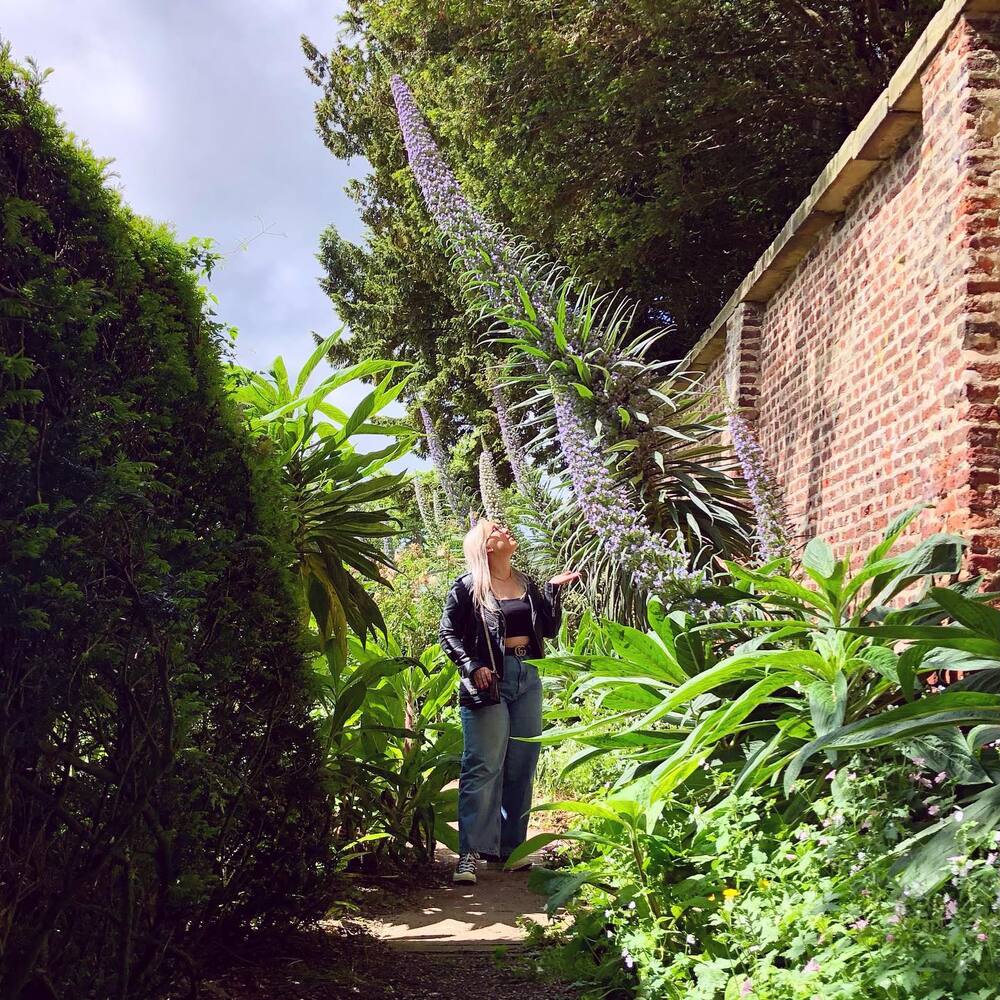
Techniques for Capturing and Translating Botanical Forms into Typefaces
The process of translating plant forms into stunning typography combines traditional observation with modern design technology. Beginning with a documentation practice helps capture the essential character of each plant through sketches, photographs, or even pressed specimens. Looking carefully at structural elements—the way a stem branches, how a flower's petals arrange themselves, the distinctive silhouette of a particular leaf—provides the foundation for typographic interpretation.
Digital tools have made custom typography development more accessible than ever. Online font generator tools and specialized font creation software allow designers to trace botanical forms and develop them into functional letterforms, while preserving the organic qualities that make them special. These font generator applications have democratized typeface creation, making it possible for garden enthusiasts to transform their plant observations into usable fonts without extensive design training. Starting with key characters that strongly reflect specific plant features—often the letters with the most distinctive shapes like 'S', 'O', 'G', and 'Q'—helps establish the typeface's personality before extending the design principles across the full alphabet.
For those new to typography design, collaborative approaches offer an excellent entry point. Working with a professional type designer who specializes in organic forms can help translate garden observations into functional, beautiful typefaces. The resulting typography becomes a unique creative expression that honors the garden's growth journey while creating a lasting artistic legacy. These custom fonts transform ordinary garden documentation into stunning typography that continues to evolve, just like the garden itself.

